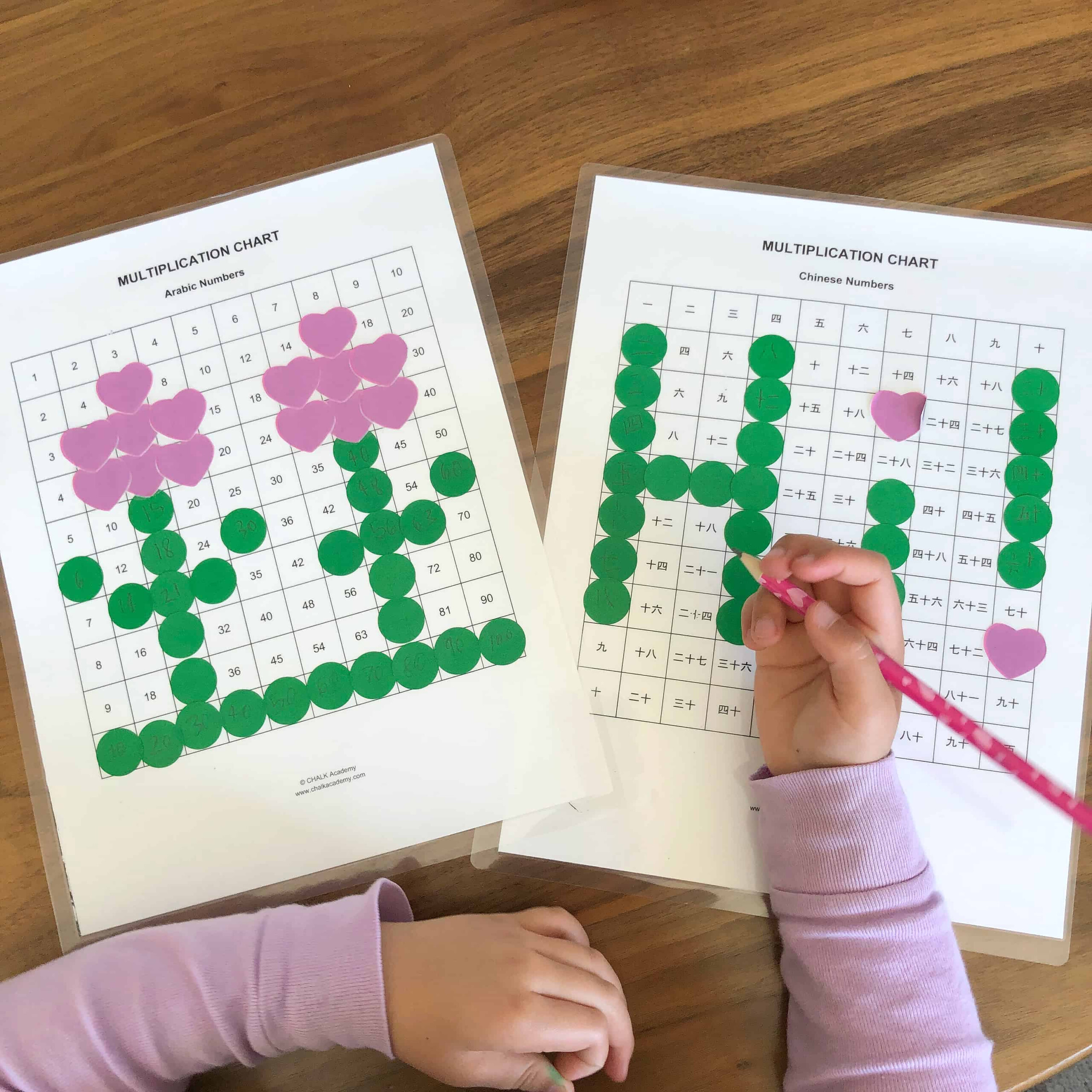
Montessori Multiplication Chart Printable
Multiplication Charts Inspired by the Montessori multiplication charts, these charts are intended to be used after the child has been introduced to multiplication tables and is on the way to memorization. These can be used for practice as well as assessment. Additionally, a child can use these charts independently or with a partner. Instructions

Multiplication Fact Fun Bundle Multiplication Worksheets, Games and Fact Flips in 2020
The Montessori Multiplication Working Charts can be introduced after the skip counting material or simultaneously. They are a fabulous way to help children learn their multiplication facts. Visit the Montesssori Album to find directions and free resources for Chart 1 and Chart 2.

Jeux Les tables de multiplication de 2 à 9 Jeu multiplication, Jeux ce2, Jeux maths ce1
Presentation 1. Multiplication Chart 3. Show the child the material and have him bring it to the table. Have the child choose a slip from the basket, read the equation, and write it on the piece of paper. (5 x 4 =) Have him place his right index finger on the blue five at the top of the board. Have him place his left index finger on the red 4.

Table de multiplication pythagore math math multiplication Table de pythagore, Tableau de
APPRENDRE LES TABLES DE MULTIPLICATION AVEC MONTESSORI Connaissez-vous parfaitement vos tables de multiplication, je veux dire sur le bout des doigts ? Oui ? Vraiment ? Pourtant, même les bons élèves ont des difficultés avec ces fameuses tables. Alors comment faire pour ceux qui ne sont pas très forts en maths ?

Tables de Multiplication (jeu de cartes) Montessori Today
Des fiches auto correctives à imprimer, plier, découper et plastifier pour travailler la multiplication avec le boulier Montessori opérations en ligne. Boulier : fiches soustractions en ligne. cartes autocorrectives : multiplication opérations. cartes autocorrectives : soustraction opérations. Multiples communs : table 1

DIY Montessori Les tables de multiplications
There's something magical about having a student handle the bead bars, move them around the checkerboard, and experience numbers multiplying with their own hands that gives them a deeper understanding of the multiplication process, or what it means to multiply numbers.
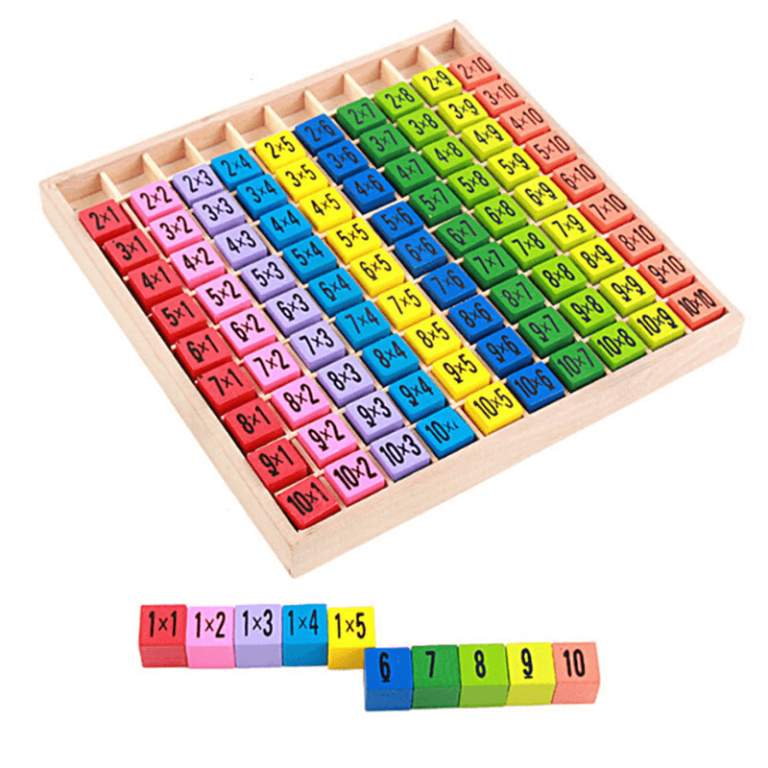
Table de multiplication Montessori Nos SuperHéros
Montessori math uses the golden bead material; first to build numbers into the thousands. For example a single golden bead represents 1, a group of 10 beads are strung together in a straight line for 10, and 100 beads are affixed into a flat square. The thousand cube is as large as 1,000 of the original single '1' bead.

Apprendre les tables de multiplication! (Printables) Allo Maman Dodo Tafel kaarten, Kaarten
I was initially hesitant about buying the Montessori Multiplication and Division Boards. Through meal time, play, and other free, natural math learning opportunities in daily life, I had already introduced multiplication and division concepts to my 5-year-old daughter.. However, when our Montessori trainer presented these bead boards to my daughter, my daughter was immediately interested.
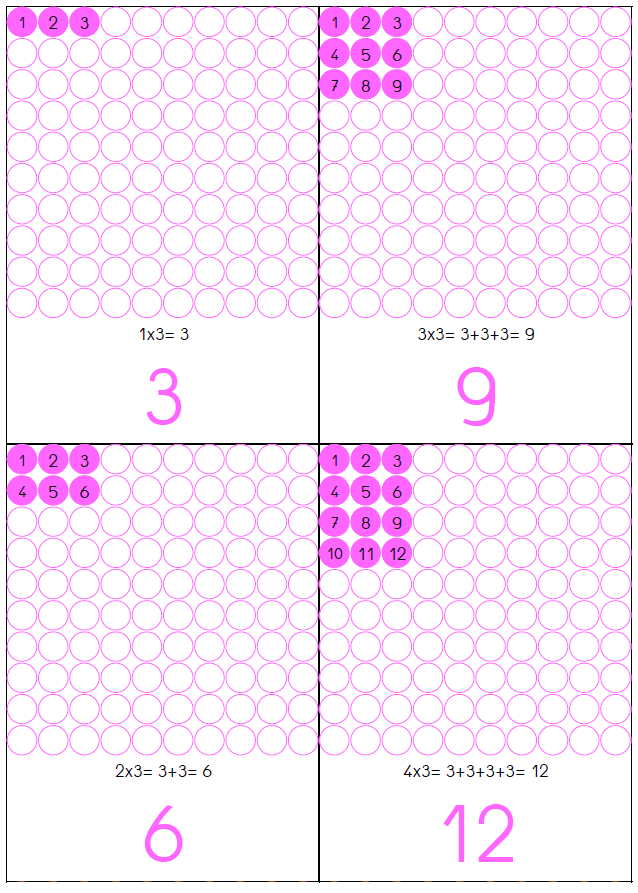
Carte multiplication Montessori IEF Montessori
Multiplication Command Cards (color-coded) - This work offers static and dynamic multiplication questions for independent work in math.Includes:64 question cards64 answer cardsColor-coded according to the Montessori math hierarchical colors (unit-green, tens-blue, hundreds-red, thousands-green).There is a 'd' (dynamic) or 's' (static) printed in the bottom corner of each card.
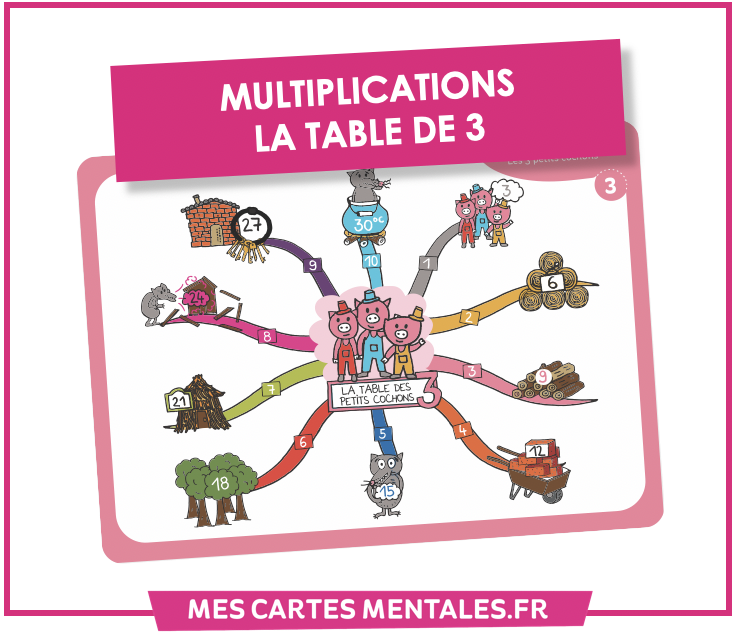
La table de multiplication de 3 en carte mentale
The Multiplication Board is a wooden board used in a Montessori classroom in the Math area. The board has 100 holes arranged in 10 rows of ten. There is a slot on the left of the board for the number card to be inserted in. The numbers 1-10 are printed along the top of the board. A red counter is slotted into the top left-hand corner of the board.

Épinglé sur ecole
What is a Montessori Checkerboard. Primarily used for long multiplication exercises, the Montessori checkerboard is a colorful, tactile math material designed to enable children to grasp complex mathematical concepts with ease. Typically, children between the ages of 6 to 9 are introduced to this tool. It consists of a grid with alternating.

Épinglé sur Kaiden
Apprendre la table de multiplication Montessori est très facile grâce à des modèles à imprimer. Chaque table (1,2,3,4, etc.) est présentée comme une carte qui contient cent petits ronds blancs. Le résultat de chaque multiplication correspond ensuite au nombre de ronds colorés. Par exemple, 6 x 1 = 6 ronds colorés, 6 x 2 = 12 ronds.
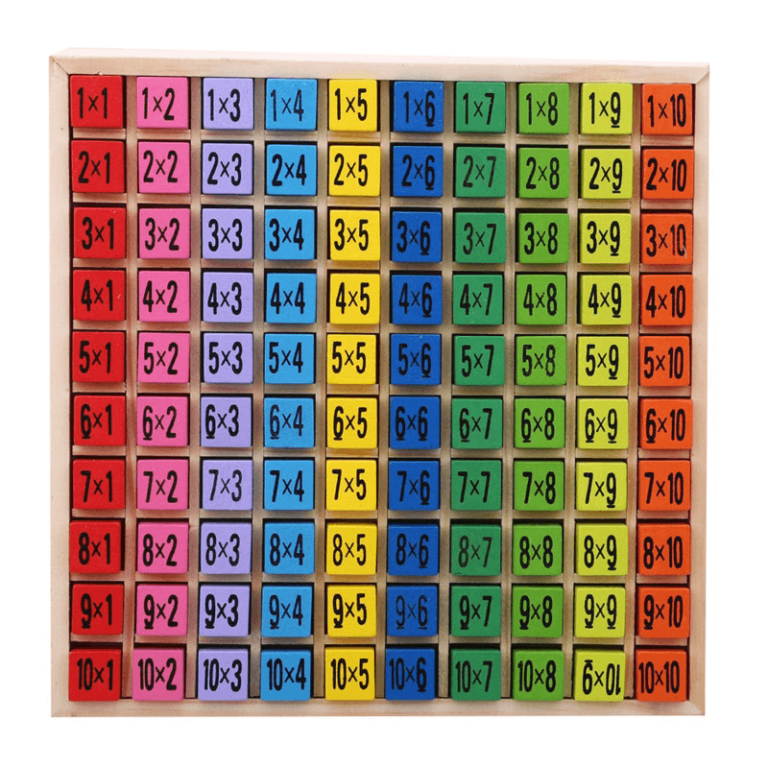
Table de multiplication Montessori Nos SuperHéros
Click here for a printable of the Montessori Multiplication chart and equation slips: https://www.teacherspayteachers.com/Product/Montessori-Multiplication-C.

comment apprendre facilement la table de multiplication Comment apprendre, Apprendre les
Chart 1 - full chart of all equations and answers from 1-10. Chart 2 - same as first chart, but with duplicate equations removed. Chart 3 - finger chart with all the products from 1-10. Chart 4 - finger chart with duplicate answers removed. Chart 5 - Blank chart so child can place answer tiles correctly. Tiles for the blank chart.
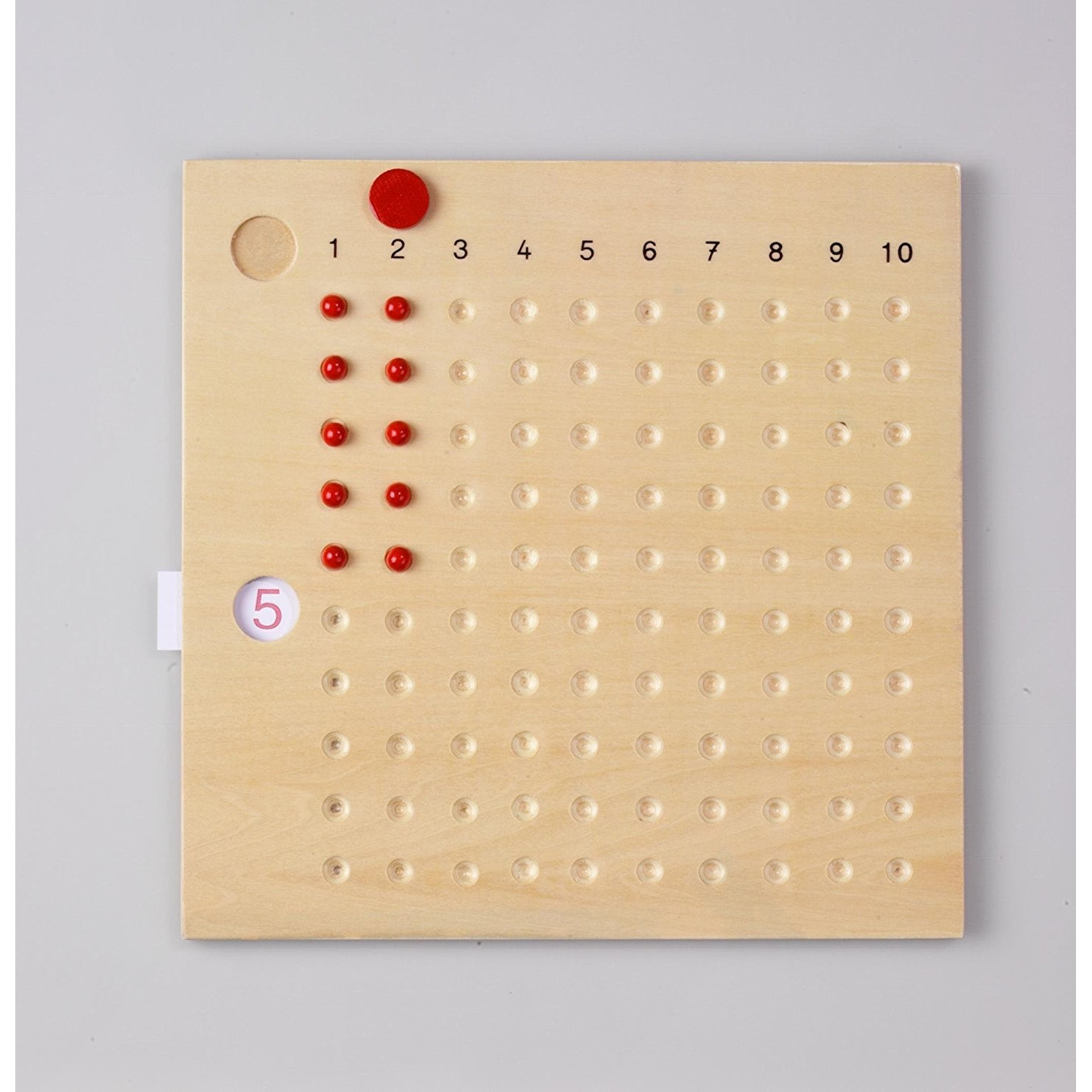
Jeux Educatif Table De Multiplication
The introduction of any new math concept at the early elementary level should always be in the concrete form. So, when I introduce multiplication concepts to my 3rd grade students, I go straight to my Montessori materials and lessons! It should be noted, that while the Common Core standards list learning, understanding, and memorizing the multiplication tables as a third-grade standard, it is.

Affiche tables de multiplication homify Table de multiplication, Apprendre les tables de
28 avril 2020 par Sylvie d'Esclaibes. Aujourd'hui je vous propose des cartes pour proposer l'apprentissage de la multiplication. Car une fois que l'enfant sait additionner, la multiplication est très simple. En effet, multiplier c'est ajouter autant de fois la même quantité.